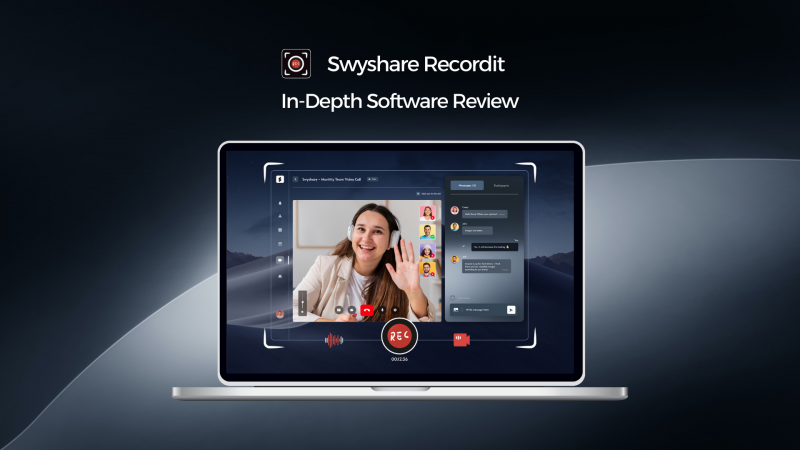Encryption Requirements Outlined in CMMC Compliance Requirements

In a world where sensitive defense data travels across networks in milliseconds, locking down digital doors isn’t just good practice—it’s required. For organizations seeking Department of Defense contracts, meeting the CMMC compliance requirements means understanding exactly how encryption must be applied and documented. And not just any encryption—very specific protocols, access controls, and audit documentation outlined in CMMC level 1 requirements and even more so under CMMC level 2 compliance.
Data Obfuscation Protocols Specified by CMMC Standards
Data obfuscation under CMMC isn’t just about scrambling data—it’s about shielding Controlled Unclassified Information (CUI) in a way that protects it from unauthorized access, even if a system is breached. These protocols typically require encryption in transit and at rest, along with methods that anonymize or pseudonymize information where applicable. For contractors working toward CMMC level 2 requirements, applying obfuscation in a standardized, auditable way is part of a broader security posture that must align with NIST 800-171 guidance.
CMMC RPOs often help organizations align with these data protection expectations, especially when interpreting what counts as “adequate” obfuscation under the framework. It goes beyond just enabling SSL or using passwords—this is about using robust cryptographic techniques and ensuring they’re consistently applied across endpoints, databases, and communications channels. The data must remain unintelligible without decryption keys that are tightly controlled and monitored.
Defined Cipher Suite Compliance Under CMMC Level 2
For contractors pursuing CMMC level 2 compliance, only approved cipher suites may be used to secure data. These suites must meet the standards laid out by the National Institute of Standards and Technology (NIST) to ensure resistance to known exploits. Common algorithms like AES-256, RSA-2048, and SHA-2 families are typically required, while older, deprecated protocols like MD5 or SSL 3.0 are strictly forbidden.
This requirement ensures a uniform level of cryptographic strength across systems and helps mitigate risks from outdated configurations. Organizations must prove that their systems use these cipher suites both in documentation and through technical validation during assessments. C3PAOs will be looking specifically at protocol versions, key lengths, and handshake configurations to verify that encryption isn’t just active—it’s compliant.
Storage Encryption Mandates Clarified by NIST Frameworks
Storage encryption is one of the cornerstones of data protection under both CMMC level 1 and level 2 requirements. The NIST frameworks referenced in CMMC standards require that data stored locally or in cloud environments be encrypted using FIPS 140-2 validated cryptographic modules. This means both full-disk encryption and granular file-level encryption can be required, depending on the nature and sensitivity of the data.
In practice, this looks like using BitLocker with compliant settings, encrypted databases with access logging, and encrypted backups stored separately from production systems. Assessors will ask for technical specs, encryption tool documentation, and policies that prove these measures are not only implemented but monitored. This also ties into incident response planning—data that’s encrypted properly reduces the impact of breaches, which can support compliance during unexpected events.
Role-based Cryptographic Access Controls Required by CMMC
One of the often-overlooked pieces of the encryption puzzle is controlling who can use the keys. CMMC compliance requirements specifically address this by mandating role-based access control (RBAC) for cryptographic operations. That means only authorized personnel should be able to generate, manage, or apply encryption keys—based on defined job functions, not broad administrative access.
Key management must also align with policy—backed by documentation that shows who has access to what, and why. Many organizations use Hardware Security Modules (HSMs) or key vaults to store and manage access securely. C3PAOs will expect to see evidence that RBAC is enforced at every layer, from infrastructure to software platforms. The days of shared keys or unlogged access are long gone under CMMC level 2 requirements.
Documentation Criteria for Encryption Implementation Audits
Documentation is everything during a CMMC audit. Encryption practices must be clearly detailed—not just stated. That includes architecture diagrams showing encrypted paths, key management policies, and written procedures for encryption updates or incident responses. Organizations working with a CMMC RPO often start here, mapping out their encryption controls in relation to the CMMC compliance requirements before the formal assessment begins.
Auditors look for alignment between policies and actual configurations. If you say you use FIPS-validated encryption, your documentation should reference the specific modules, software versions, and deployment settings. This written record not only helps with assessments, but also supports internal awareness and accountability over time.
Session-Level Encryption Obligations in CMMC Assessments
Session encryption refers to securing live data transmissions between users and systems—such as remote desktop sessions, VPNs, or browser-based admin panels. Under CMMC level 2 compliance, these sessions must use end-to-end encryption that prevents interception or eavesdropping. Approved methods include TLS 1.2 or higher, with strong cipher suites and session timeout policies.
What makes this requirement unique is the focus on active monitoring. Systems should detect and alert on suspicious session behaviors, like simultaneous logins or unusually long connections. The C3PAO assessment process will often include reviewing session logs, timeout settings, and authentication mechanisms tied to encrypted access points.
Cryptographic Boundary Controls Enforced by CMMC Guidelines
Cryptographic boundary controls define where encryption begins and ends—ensuring that sensitive data doesn’t leak outside protected systems. Under CMMC compliance requirements, these boundaries must be clearly defined and enforced. This could involve setting secure perimeter controls around encrypted databases, enforcing TLS for API endpoints, or using network segmentation to isolate protected systems.
CMMC level 2 requirements make it clear: data must not be decrypted unless within a secure, authorized environment. That includes scenarios like file transfers, cloud syncs, and software updates. Systems must be hardened so encrypted data remains protected across its entire lifecycle. Any weak point in the boundary—like a misconfigured proxy or unsecured internal route—could result in a compliance failure.






